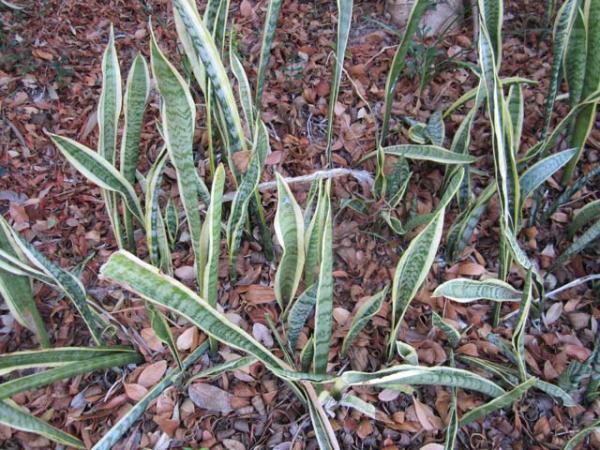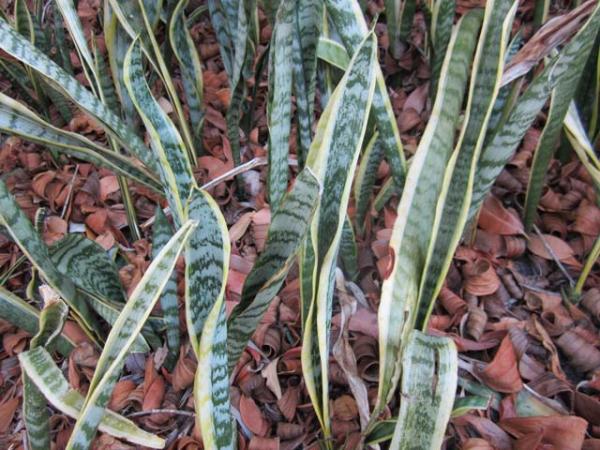Array
(
[0] => Array
(
[id] => 129
[is_published] => 1
[websiteID] => 5
[url] => /landscaping/garden-walls.php
[page_status] => Published
[number_of_ads] => 2
[can_use_editor] => 1
[last_modified_date] => 2014-04-28 00:00:00
[last_modified_by] => Angela
[checked_for_duplicate_content] =>
[title] => Choosing a garden walls in 6 easy steps
[heading] => Choosing your garden wall in 6 easy steps
[meta_description] => Learn about the various types of garden walls and how to select one that suits your requirements.
[article_category_1] => Landscaping
[article_category_2] =>
[article_category_3] =>
[article_category_4] =>
[article_category_5] =>
[business_category_1] => Landscaper
[business_category_2] => Nursery
[business_category_3] => Garden Designer
[business_category_4] => Landscape Architect
[business_category_5] =>
[number_of_google_mrecs] => 1
[show_google_ad_bottom_of_page] => 1
[show_get_quotes_top_of_page] => 1
[show_get_quotes_rhs_of_page] => 1
[show_directory_search_widget] => 1
[show_trending_content_widget] => 1
[show_facebook_widget] => 1
[show_further_reading_section] => 1
[show_sponsors_section] => 1
[show_top_article_ad] => 1
)
[1] => Array
(
[id] => 525
[is_published] => 1
[websiteID] => 5
[url] => /gardening/how-to-prune-a-hedge-in-7-simple-steps.php
[page_status] => Published
[number_of_ads] => 3
[can_use_editor] => 1
[last_modified_date] => 2013-09-16 00:00:00
[last_modified_by] => Alan
[checked_for_duplicate_content] =>
[title] => How to prune a hedge in 7 simple steps
[heading] => How to prune a hedge in 7 simple steps
[meta_description] => This article explains how to prune a hedge in 7 simple steps.
[article_category_1] => Gardening
[article_category_2] =>
[article_category_3] =>
[article_category_4] =>
[article_category_5] =>
[business_category_1] => Landscaper
[business_category_2] => Garden Maintenance
[business_category_3] => Garden Supplies
[business_category_4] => Garden Designer
[business_category_5] => Garden Tools
[number_of_google_mrecs] =>
[show_google_ad_bottom_of_page] =>
[show_get_quotes_top_of_page] =>
[show_get_quotes_rhs_of_page] =>
[show_directory_search_widget] =>
[show_trending_content_widget] =>
[show_facebook_widget] =>
[show_further_reading_section] => 1
[show_sponsors_section] => 0
[show_top_article_ad] => 1
)
[2] => Array
(
[id] => 202
[is_published] => 1
[websiteID] => 5
[url] => /gardening/native-grasses-dianellas-and-lomandras.php
[page_status] => Published
[number_of_ads] => 5
[can_use_editor] => 1
[last_modified_date] => 2013-09-16 00:00:00
[last_modified_by] => Alan
[checked_for_duplicate_content] =>
[title] => Native grasses and friends
[heading] => Native grasses and friends
[meta_description] => An exciting thing is happening in the world of Australian plants. Wild species that have tantalised gardeners in the past are now being improved to create a diverse palette of new varieties that offer all kinds of advantages. In particular, the necessity for water-wise, low maintenance gardens has inspired interest in plants that can be used as ground covers that will not only suppress weeds and erosion but also look fantastic.
[article_category_1] => Gardening
[article_category_2] =>
[article_category_3] =>
[article_category_4] =>
[article_category_5] =>
[business_category_1] => Landscaper
[business_category_2] => Nursery
[business_category_3] => Garden Designer
[business_category_4] => Landscape Architect
[business_category_5] =>
[number_of_google_mrecs] =>
[show_google_ad_bottom_of_page] =>
[show_get_quotes_top_of_page] =>
[show_get_quotes_rhs_of_page] =>
[show_directory_search_widget] =>
[show_trending_content_widget] =>
[show_facebook_widget] =>
[show_further_reading_section] => 1
[show_sponsors_section] => 0
[show_top_article_ad] => 1
)
[3] => Array
(
[id] => 204
[is_published] => 1
[websiteID] => 5
[url] => /gardening/native-orchids.php
[page_status] => Published
[number_of_ads] => 5
[can_use_editor] => 1
[last_modified_date] => 2013-09-16 00:00:00
[last_modified_by] => Alan
[checked_for_duplicate_content] =>
[title] => Australian Native Orchids
[heading] => Australian Native Orchids
[meta_description] => Native orchids range from the spectacular epiphytic (growing on trees) and lithophytic (growing on rocks) species of the tropical jungles and warmer areas of Australia, to the intricately subtle terrestrial (growing in the ground) species found throughout the dry eucalypts forests throughout the continent.
[article_category_1] => Gardening
[article_category_2] =>
[article_category_3] =>
[article_category_4] =>
[article_category_5] =>
[business_category_1] => Landscaper
[business_category_2] => Nursery
[business_category_3] => Garden Designer
[business_category_4] => Landscape Architect
[business_category_5] =>
[number_of_google_mrecs] =>
[show_google_ad_bottom_of_page] =>
[show_get_quotes_top_of_page] =>
[show_get_quotes_rhs_of_page] =>
[show_directory_search_widget] =>
[show_trending_content_widget] =>
[show_facebook_widget] =>
[show_further_reading_section] => 1
[show_sponsors_section] => 0
[show_top_article_ad] => 1
)
)
Helpful articles
Choosing your garden wall in 6 easy steps. Learn about the various types of garden walls and how to select one that suits your requirements.
How to prune a hedge in 7 simple steps. This article explains how to prune a hedge in 7 simple steps.
Native grasses and friends. An exciting thing is happening in the world of Australian plants. Wild species that have tantalised gardeners in the past are now being improved to create a diverse palette of new varieties that offer all kinds of advantages. In particular, the necessity for water-wise, low maintenance gardens has inspired interest in plants that can be used as ground covers that will not only suppress weeds and erosion but also look fantastic.
Australian Native Orchids. Native orchids range from the spectacular epiphytic (growing on trees) and lithophytic (growing on rocks) species of the tropical jungles and warmer areas of Australia, to the intricately subtle terrestrial (growing in the ground) species found throughout the dry eucalypts forests throughout the continent.
Plant description
Sansevieria trifasciata is a herbaceous, perennial ornamental plant, native to tropical Africa. It is commonly known as mother-in-law's tongue, as the leaves are quite sharp. It grows from creeping underground rhizomes. It has dark grey green leaves with horizontal silvery grey markings. There are selected cultivars which have yellow leaf margins.
Sansevieria can be used as a hardy garden plant as well as an indoor plant. It likes a well drained soil, as being water logged may cause root rot. It likes some shade. It is tolerant of irregular watering and low light levels. It is also rated as a good indoor plant for improving the air quality. It is capable of absorbing toxins such as formaldehyde, which can be released from particle board furniture.
Propagation is by division of the plant.
This plant is a source of a plant fibre which has great strength, it was once used to make bow strings.
Additional plant information
Flowers
Flower colour: cream
Flowering season: not specified
Plant size
Maximum height: 1 metres
Minimum height: not specified
Maximum width: 2 metres
Minimum width: not specified
Sunlight, frost & salt tolerance
Will tolerate partial sunlight.
Light frost tolerance.
Plant is salt tolerant.
Fauna attracting?
Not specified.
Climate
This plant species will grow in the following climates: temperate, subtropical, tropical.
Soil types & conditions
Loam: dry, moist, well-drained.
Clay: well-drained.
Sand: moist, well-drained.
Diseases
Root rot in wet conditions
Miscellaneous information
Planting season: Any.
Types of fertiliser: not specified.
Find a nursery
Search for another plant


